
Creative Commons is a nonprofit organization that aims to make licensing your work and accessing public domain resources simple for individuals, educational institutions, and other organizations across the globe.
By providing clearly labeled and easy-to-understand Creative Commons licenses, as well as public domain tools, they have created a user-friendly and standardized way for all of us to grant permissions to and access each others' copyrighted works
All CC licenses require end users to provide attribution for the original work, and there are specific elements you should include in an attribution statement. Best practices suggest that you provide the Title, Author, Source, and License, or TASL, when creating the attribution statement for any CC-licensed work. Remember that attribution is a license term—without providing an attribution statement, the permissions and terms of the license don’t apply. Creative Commons licenses require that attribution be made in a reasonable manner, so there are no hard rules on where you place the attribution statement or in what order you list the elements.
(Infographic by Creative Commons and contents by A Simple Guide to Creative Commons by Ohio State University.)
Each CC license has three layers, where the first layer is the legal code that does all the heavy lifting of extending the rights to the end user. The second layer makes the licenses easily readable by a human — Creative Commons does this with the license shorthand and simple graphic images we'll explore below. The final layer of the cake is machine readable, or written in a way that computers and software understand.

All works held under Creative Commons licenses are indicated with this icon: 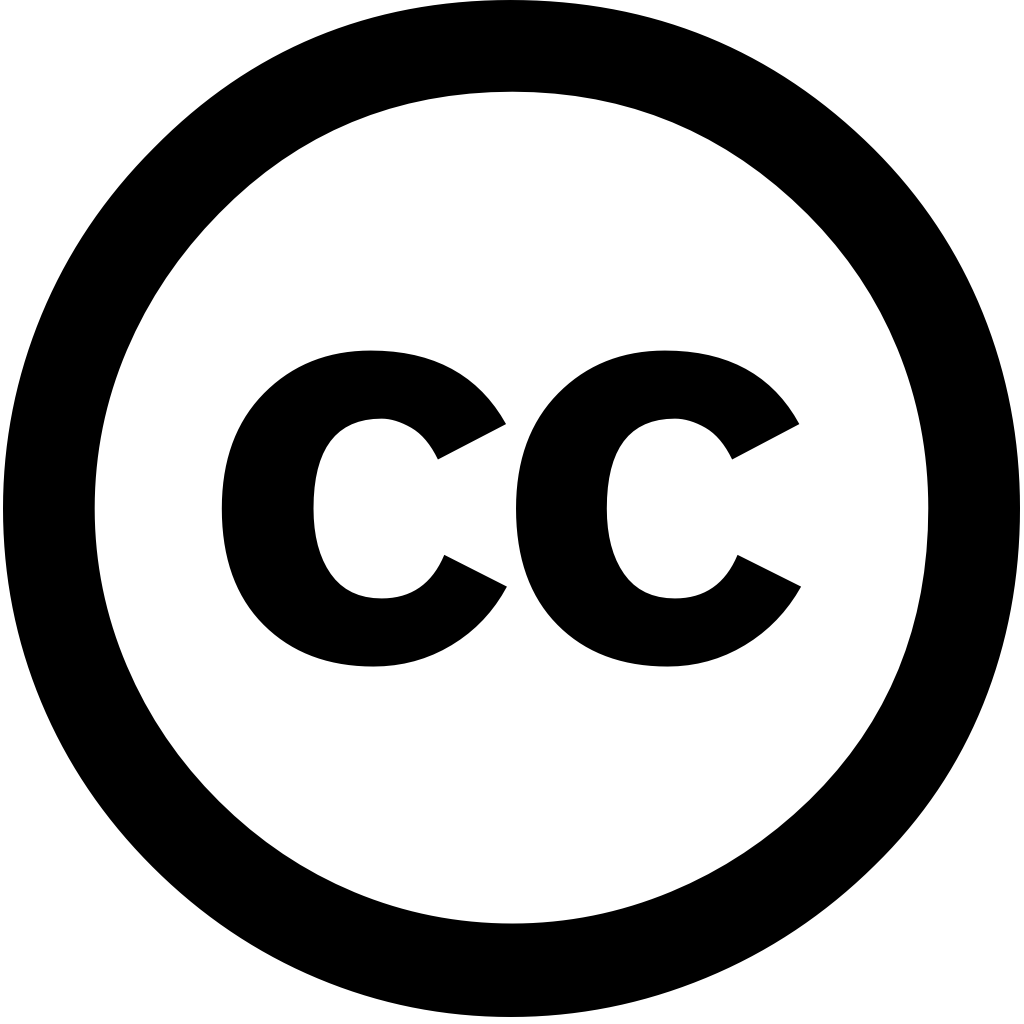 .
.
A CC-licensed work can then have four different license terms — attribution (BY), no derivative works (ND), share alike (SA), and non-commercial (NC)—attached to the license to allow certain permissions to the user.
Essentially, these four license terms define the rights the user has to the work. Each of these rights is also indicated with a specific icon so that the licenses are clearly labeled for users. Let's see them more specifically:
Attribution, "BY" or the 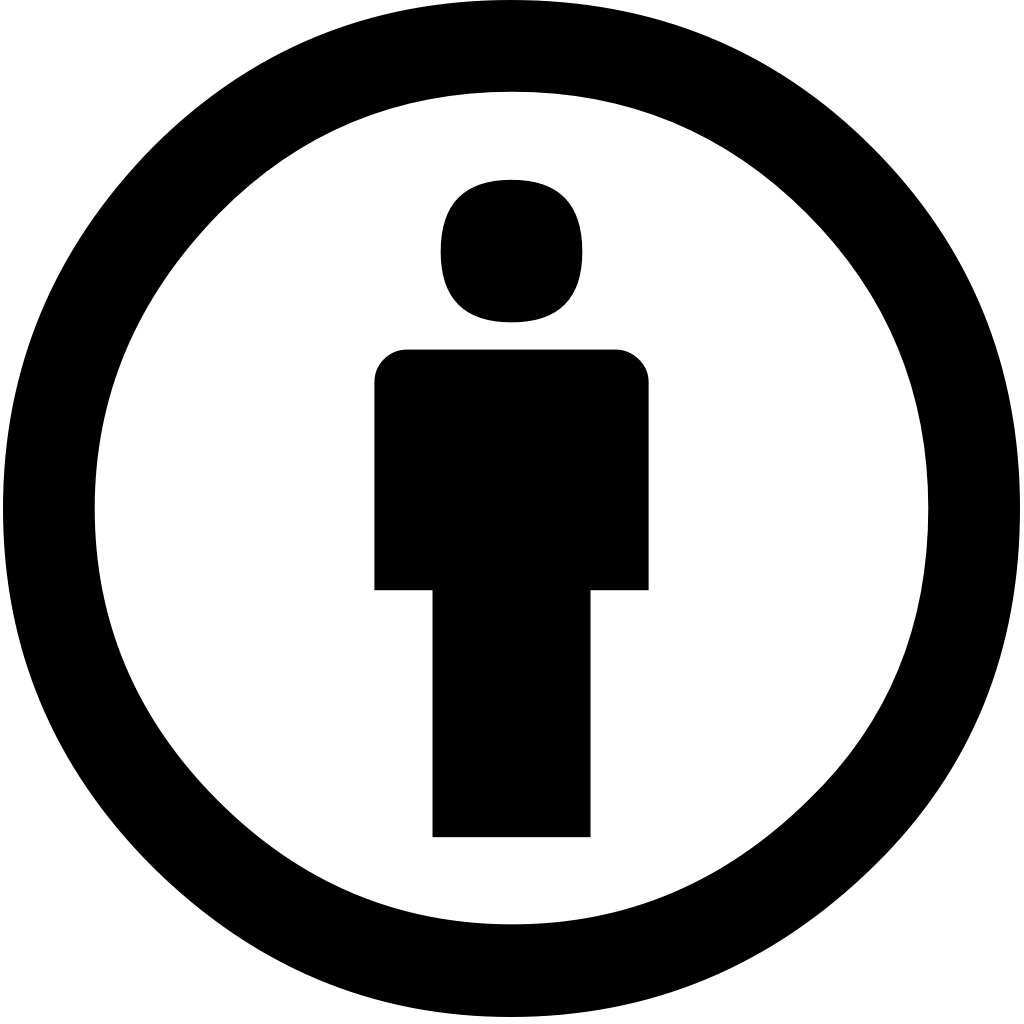 icon, which indicates that a user can copy, adapt, remix, display, perform, and distribute your work so long as they credit your name as requested by you.
icon, which indicates that a user can copy, adapt, remix, display, perform, and distribute your work so long as they credit your name as requested by you.
No Derivative Works, "ND" or the  icon, which indicates that the work is free to copy, distribute, display, or perform as it is, verbatim with no modifications or adaptations.
icon, which indicates that the work is free to copy, distribute, display, or perform as it is, verbatim with no modifications or adaptations.
Share Alike, "SA" or the  icon, which means that folks can only disseminate the work under the same license chosen by the original author for the work.
icon, which means that folks can only disseminate the work under the same license chosen by the original author for the work.
Non-Commercial, "NC" or the 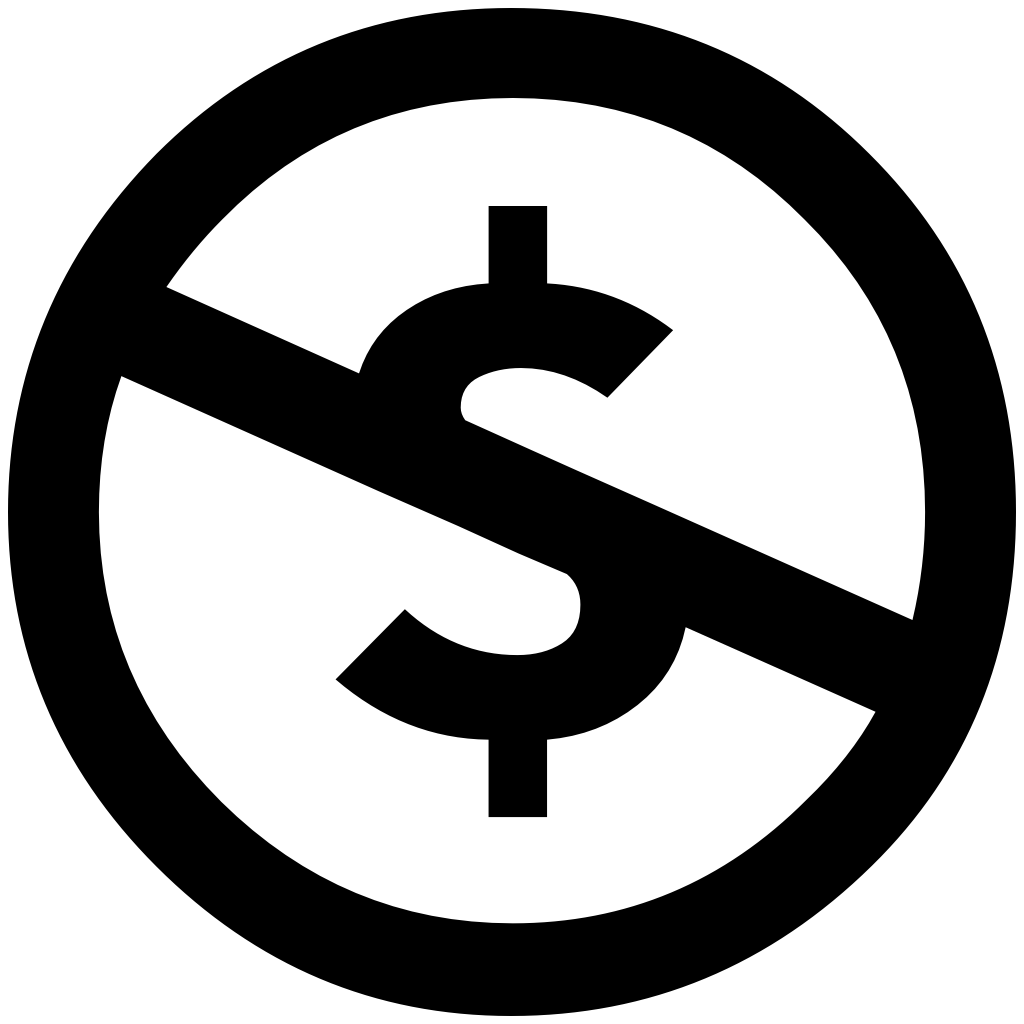 icon, which indicates that others may copy, distribute, display, perform, or remix the work but only for non-commercial purposes.
icon, which indicates that others may copy, distribute, display, perform, or remix the work but only for non-commercial purposes.
Public Domain Mark, indicated with the 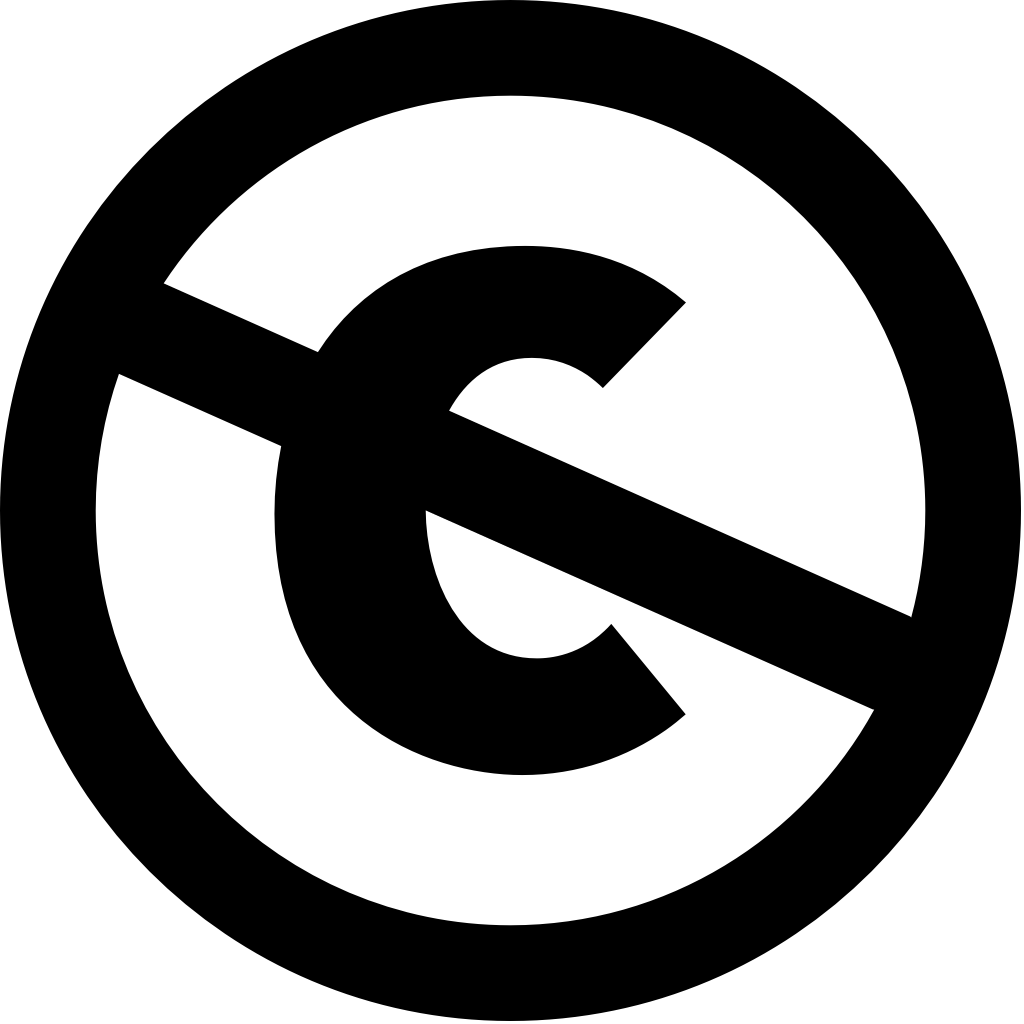 icon, indicates a work is free of known copyright instructions, and therefore is in the public domain.
icon, indicates a work is free of known copyright instructions, and therefore is in the public domain.
Public Domain Designation, indicated with the 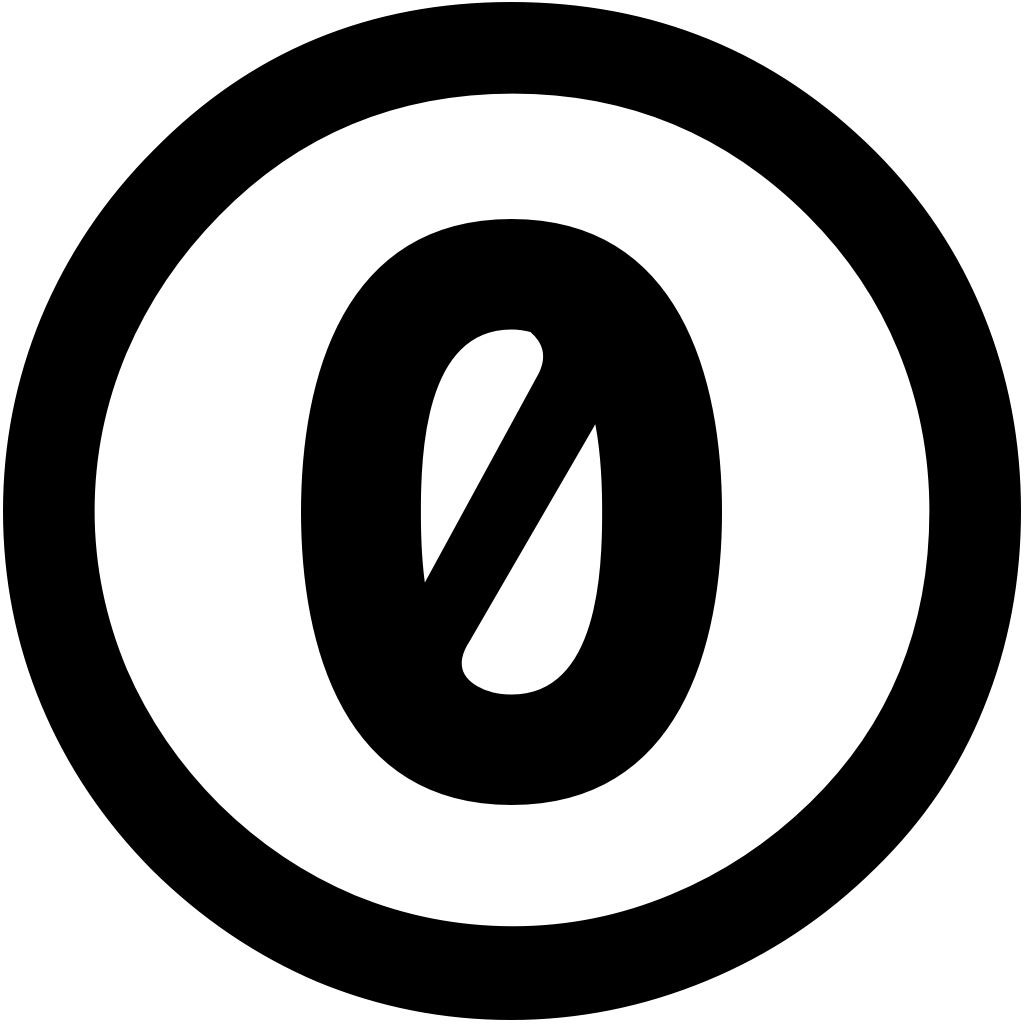 icon. This indicates that the creator of the work has relinquished their copyright to the work and released it into the public domain with "no rights reserved."
icon. This indicates that the creator of the work has relinquished their copyright to the work and released it into the public domain with "no rights reserved."
As Creative Common states:
"Creative Commons is a global nonprofit organization that enables sharing and reuse of creativity and knowledge through the provision of free legal tools.
Our legal tools help those who want to encourage reuse of their works by offering them for use under generous, standardized terms; those who want to make creative uses of works; and those who want to benefit from this symbiosis. Our vision is to help others realize the full potential of the internet. CC has affiliates all over the world who help ensure our licenses work internationally and who raise awareness of our work."

(Infographics by Creative Commons)